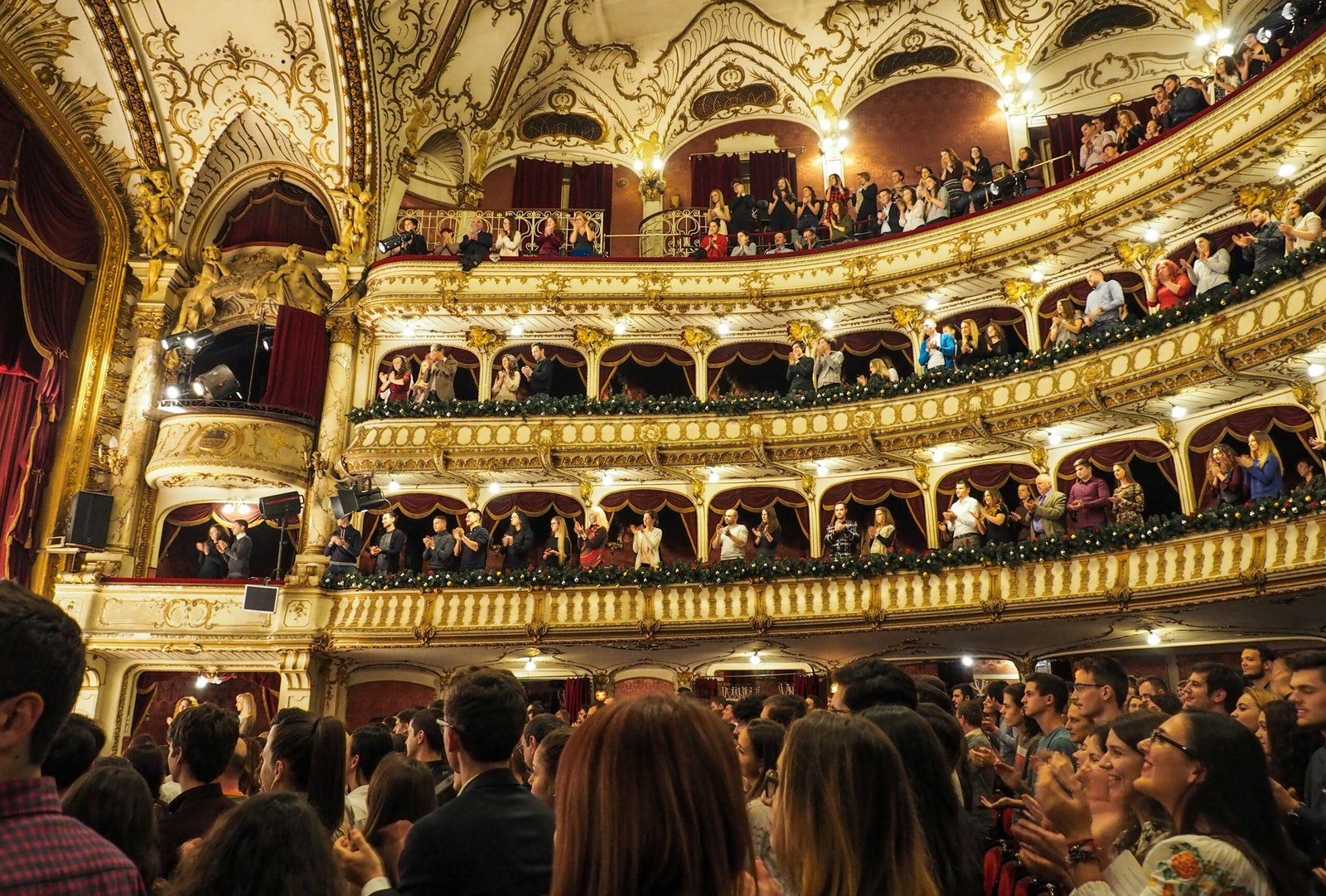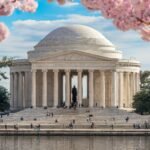History of the National Gallery of Art
The National Gallery of Art, founded in 1937, shows America’s commitment to preserving art. Andrew W. Mellon, a noted financier and art collector, played a key role in its creation. He generously donated his extensive collection of masterpieces to the nation. Mellon envisioned a place that would deepen public appreciation and understanding of the visual arts.
Initially, the National Gallery of Art served as one entity, featuring works from various centuries and styles. The original building, designed by John Russell Pope, opened to the public in March 1941. This neoclassical structure reflects the grandeur of the art it houses. It also symbolizes the importance of culture in American life. Over the years, the Gallery has celebrated milestones, including the addition of the East Building in 1978, designed by I.M. Pei. This expansion provided more exhibition space and highlighted modern and contemporary art.
Located on the National Mall, the Gallery stands among other icons of American democracy, like the Capitol Building and the Lincoln Memorial. It serves as a cultural hub, attracting millions of visitors each year. Continuous renovations ensure the art remains relevant while honoring the historical context of the collections.
Throughout its history, the National Gallery of Art has evolved with changing artistic trends and public engagement. It preserves the legacy of global art history and fosters appreciation for diverse cultures. Today, it thrives as a top destination for art lovers, educators, and scholars.
Collections and Exhibits
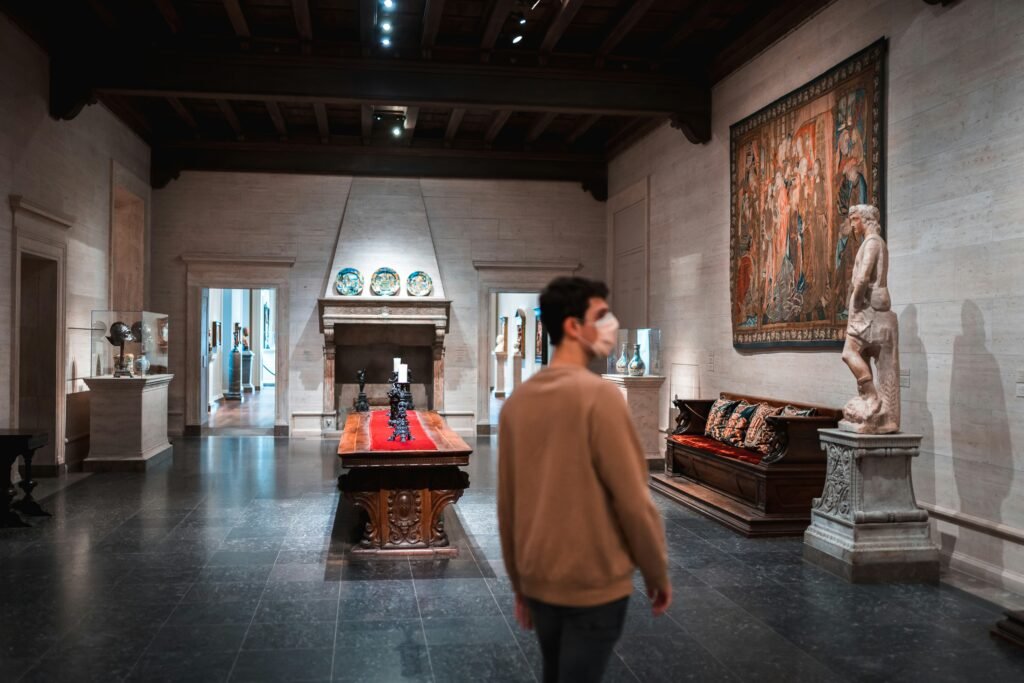

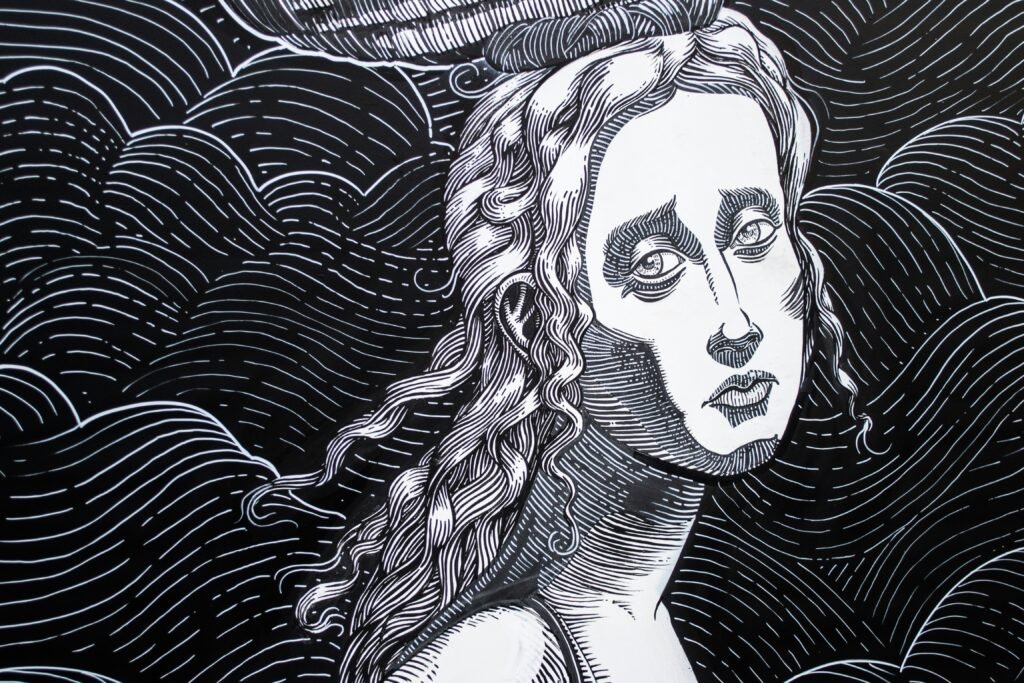
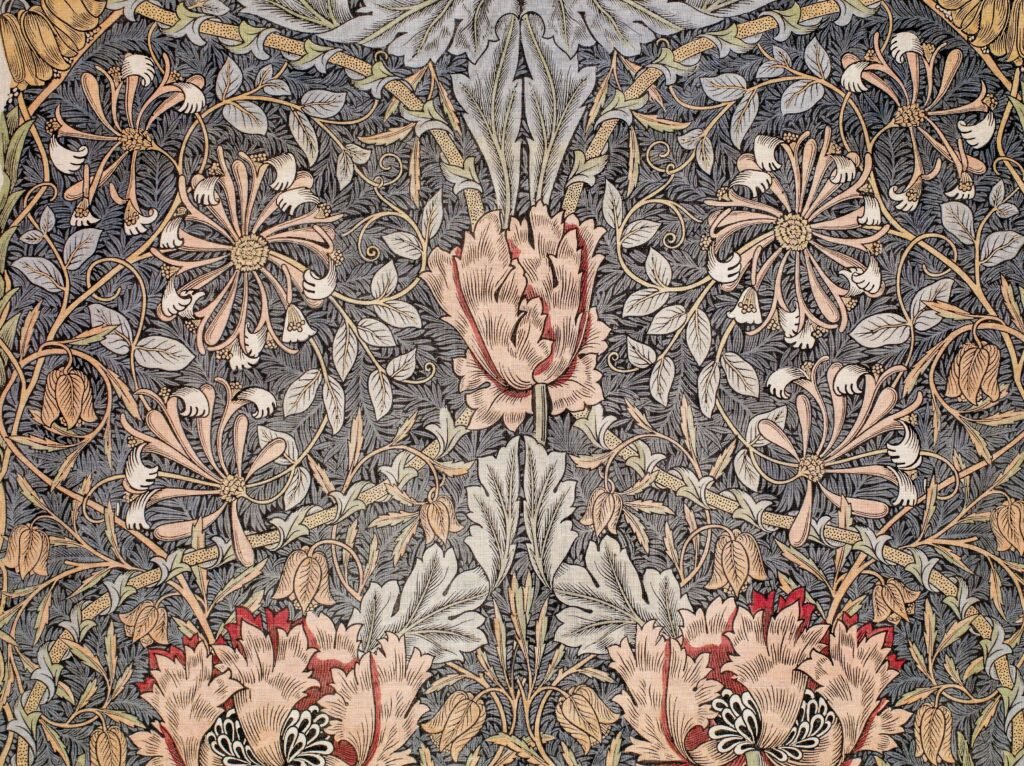
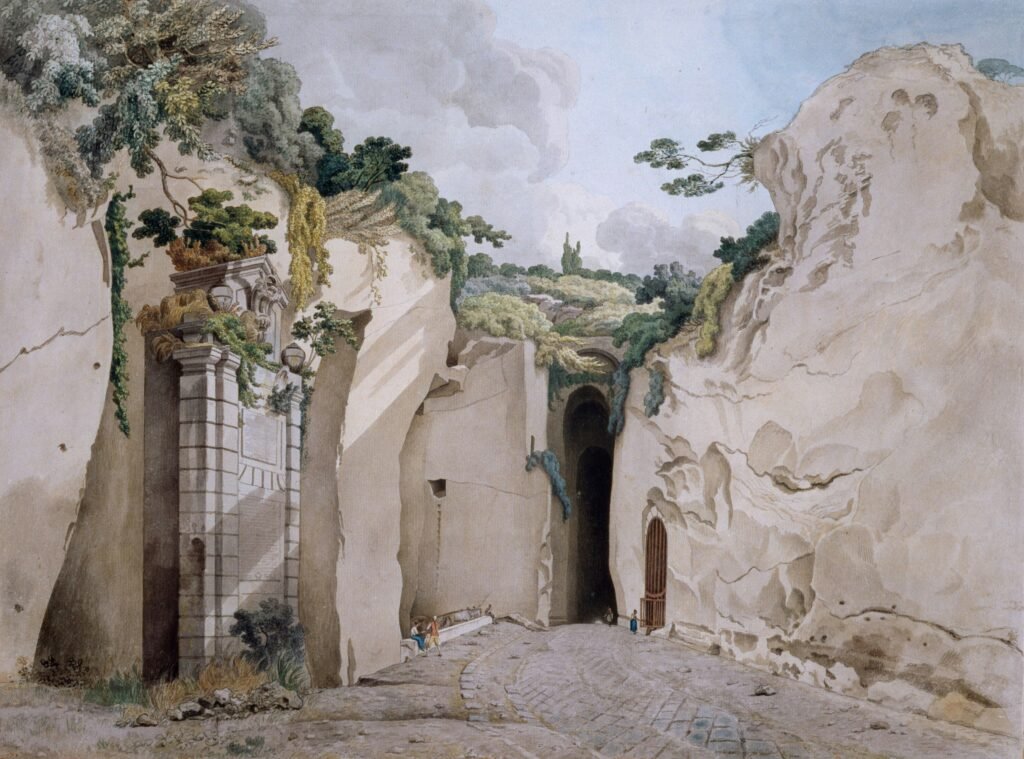
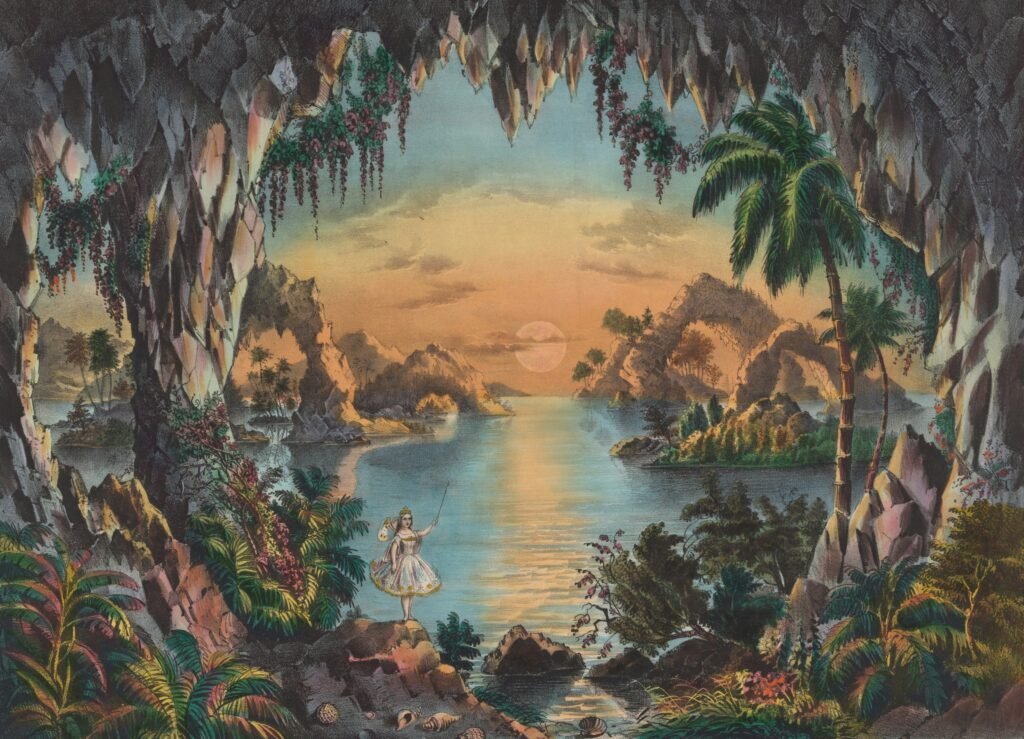
The National Gallery of Art is a treasure trove of artistic expressions. It showcases an extensive collection that spans centuries and transcends geographic boundaries. The gallery features two main buildings: the West Building and the East Building, each offering unique experiences.
In the West Building, art lovers can explore a rich array of European paintings, sculptures, and decorative arts. This section includes iconic works from the Renaissance to the Romantic period. Notable masterpieces include Leonardo da Vinci’s works, which illustrate a profound understanding of human emotion and perspective. A highlight is “Ginevra de’ Benci,” the only painting by Da Vinci in the Americas, showcasing his genius in portraiture.
As visitors move through the gallery, they will encounter works by other renowned artists like Vincent van Gogh. His vibrant and emotive paintings offer a glimpse into his tumultuous life and innovative techniques. One famous piece is “Self-Portrait with a Straw Hat,” reflecting his unique use of color and texture, which influenced modern art movements. Claude Monet’s contributions to the Impressionist movement shine here, with “Water Lilies” as a centerpiece. This piece exemplifies his talent for capturing light and nature’s ephemeral qualities.
In contrast, the East Building focuses on modern and contemporary art. It houses groundbreaking works from 20th and 21st-century artists, offering profound commentary on evolving artistic practices. Visitors can explore rotating special exhibits featuring thematic collections and individual artists. These exhibits often include works from prominent artists who challenge traditional forms and explore new mediums.
By showcasing both historical and modern artistic expressions, the National Gallery of Art remains a vital institution for art lovers and scholars alike.
Visitor Experience and Educational Programs
The National Gallery of Art in Washington, D.C., offers a unique experience for art enthusiasts and casual visitors alike. Upon arrival, guests enter an inviting atmosphere where they can easily navigate expansive galleries. These galleries feature distinct collections of American and European art. Visitors may start at the information desk, where knowledgeable staff provide maps, highlight current exhibitions, and suggest personalized routes tailored to individual interests.
A standout feature of the National Gallery is its commitment to engaging visitors with diverse artworks. Interactive kiosks and audio guides allow guests to gain deeper insights into specific pieces or themes. This exploration can occur at their own pace, making the experience more enjoyable. Additionally, the gallery offers numerous educational programs that enhance engagement. Guided tours led by experienced docents reveal the stories behind featured artworks and artists, making art history accessible and enjoyable.
For those seeking a hands-on experience, the gallery organizes workshops that focus on various art-making techniques. Participants have the chance to create their own masterpieces while learning from skilled instructors. Lectures hosted by renowned artists, curators, and scholars deepen visitors’ understanding of art, exploring contemporary issues and historical contexts. Family-friendly activities, including scavenger hunts and art-making sessions, ensure visitors of all ages can partake in the artistic journey.
Overall, the combination of navigational ease, engaging programs, and a wealth of knowledge makes visiting the National Gallery of Art an enlightening experience for everyone.
The National Gallery of Art in Popular Culture
The National Gallery of Art, located in the heart of Washington, D.C., is a significant cultural landmark. Its influence extends beyond art enthusiasts, impacting literature, cinema, and broader societal trends. Films like “National Treasure” have used the gallery as a backdrop, blending mystery and adventure with the beauty of its architecture and vast art collection. Such portrayals heighten interest in the gallery and invite a diverse audience to explore its offerings.
In literature, various authors reference the National Gallery of Art to evoke themes of beauty, history, and civilization. Its presence enriches narratives by providing a tangible connection to the art world. This allows readers to engage with significant masterpieces indirectly. Such representations cultivate appreciation for visual arts, encouraging individuals to visit the gallery and experience the artworks firsthand. Moreover, the museum’s exhibitions often receive attention in academic papers and popular books, reinforcing its role as a prominent institution in art discourse.
The National Gallery of Art also plays a vital role in promoting trends in contemporary art while deepening understanding of historical pieces. Its exhibitions often feature dialogues between classic works and modern interpretations, showcasing the continuity and evolution of artistic expression. This approach appeals to seasoned art aficionados and newcomers alike. The gallery serves as a bridge between the past and present, fostering a rich appreciation for the art that shapes our cultural landscape. os but also attracts newcomers looking to explore the intersection of past and present art movements.
In this manner, the National Gallery of Art transcends traditional boundaries, becoming a vital part of the cultural fabric of society. By bridging the gap between art and popular culture, it successfully engages a wider audience, fostering a collective appreciation for the visual arts and its significance in contemporary life.

